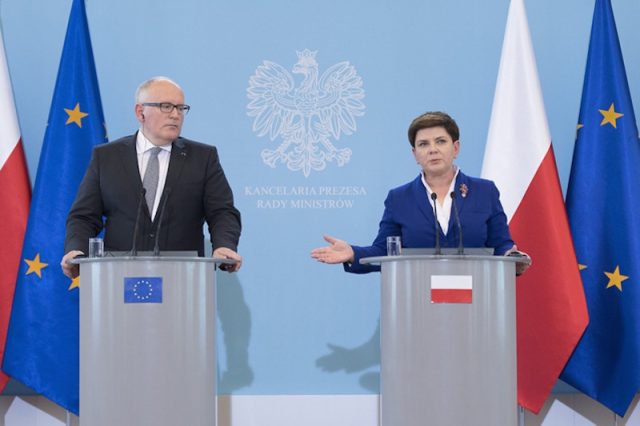
Three previous articles of this series have delved into the respective cases where the Court of Justice of the European Union had controlled ex post the subsidiarity of legal acts brought to its consideration. In all occasions, the ruling had been to confirm that no breach had been incurred by Union institutions.
In 2014, the Republic of Poland brought the European Parliament and the Council of the European Union to court, the fourth time this has happened; once more, the European magistrates decided that there had been no problem.
Romania decided to support Poland in its claim, while Ireland, France, the United Kingdom and the European Commission backed the European Union co-legislators.
The object of the procedure was none other than Directive 2014/40/EU approximating Member States legislations on tobacco, regulating its ingredients aimed at reducing attractiveness and thereby contributing to decrease the prevalence of its use and dependence. As such, it had two objectives: to facilitate the smooth functioning of the internal market for tobacco and related products; and to ensure a high level of protection of human health, in particular for young people. The Directive had already been challenged twice for breach of subsidiarity.
The five judges used part of Article 5 in the Treaty of Functioning of the European Union to justify their result: the mentioned objectives of the Directive would be better achieved at EU level. However, they forgot a pre-condition established by the same article, namely, that the objectives cannot be sufficiently attained by the Member States.
The Court believed that legislation at national level would originate or consolidate situations where some Member States would allow for the placing on the market of tobacco products containing certain characterising flavours, whilst others would forbid it, thus going against the objective of improving the functioning of the single market in the areas of tobacco and its related products.
On the other hand, Poland’s argument that the second objective, that is, ensuring a high level of protection of human health, and most particularly for the youth, would be better achieved at national level, was also dismissed. In at least eleven Member States the national market share of products increasing attractiveness of tobacco was significant; therefore, the claimant’s arguments intended to show that the objective of protecting human health could have been better achieved at national level as regards in particular the market banning of menthol-containing tobacco products, given that the effects of those products were limited to a small number of Member States, should be rejected, in the judges’ opinion.
However, the fact that the national market share of menthol-containing products was great in 40 per cent of Member States does not necessarily mean that protecting human health would not be sufficiently achieved at national level. Why could each of them not achieve the objective without recourse to a European Union binding instrument?
That is not at all clear in the Court’s reasoning. Consequently, one of the two objectives of the Directive being eventually tackled at national level in a sufficient manner necessarily provokes that the principle of subsidiarity was indeed breached, despite the ruling.
Furthermore, the judgment makes up a creative doctrine by virtue of which, if one of the two objectives can be complied with at national level but, because of its interdependence with the second, the latter is better achieved at Union level, subsidiarity is so complied.
We can only conclude that such creativity is borderline with the rule of law, as it amounts to interpreting the conditions for subsidiarity in an expansive manner, while such manner is nowhere to be found in the Union treaties.
Hence, the Court confirmed for the third time that the challenged Directive on tobacco was legal and lost the opportunity, after a total of four attempts, to inaugurate an effective ex post check to subsidiarity. Indeed, on four occasions this has been tried and on all four the Union magistrates have decided in favour of the European institutions’ interests. Perhaps this comes as no surprise to many who are acquainted with the internal functioning of this peculiar international organisation.
Source of the image: EU Observer



 Subscribe
Subscribe